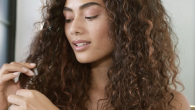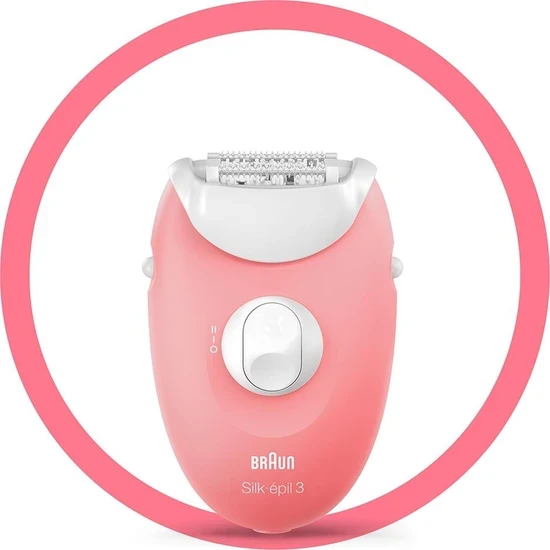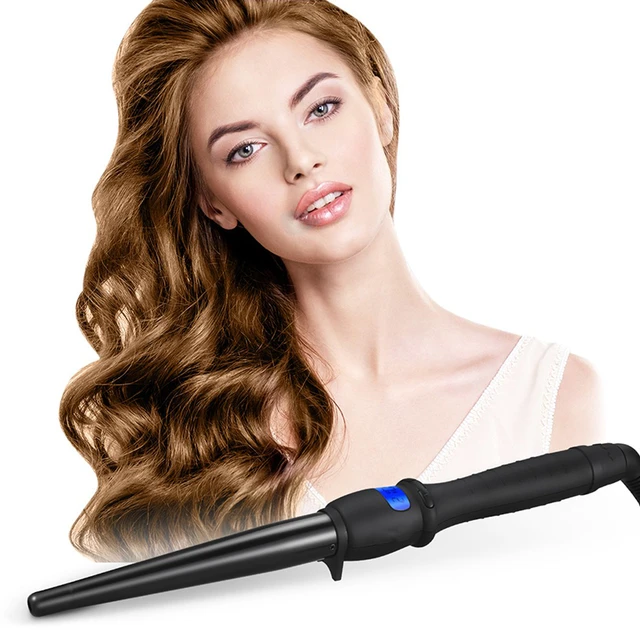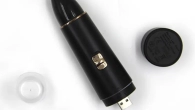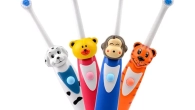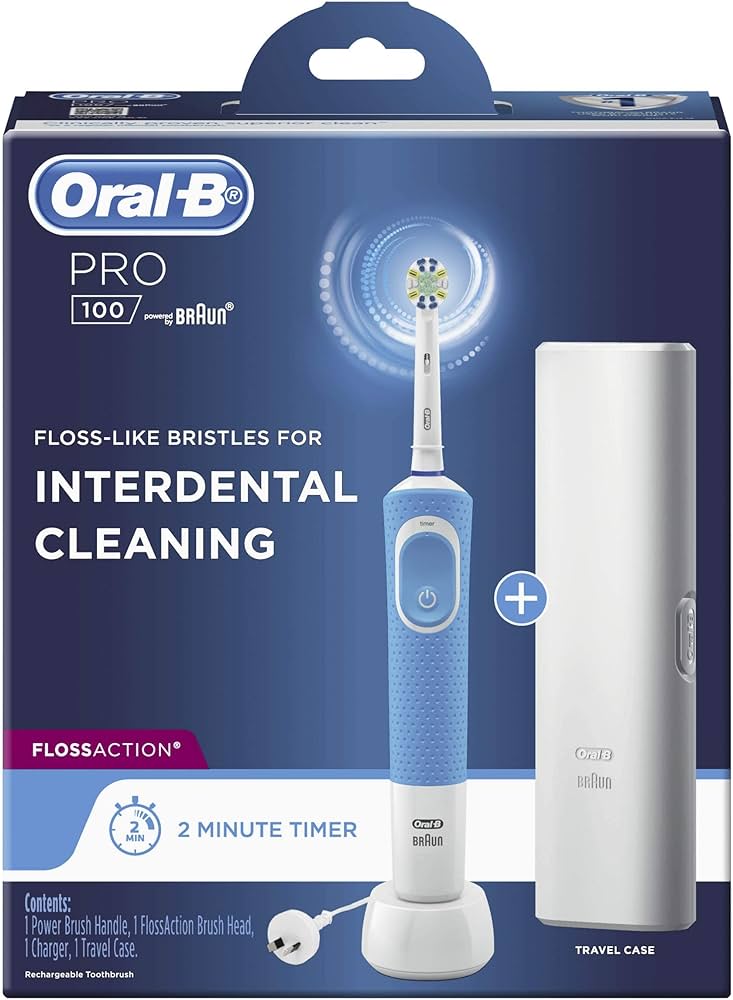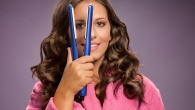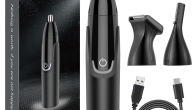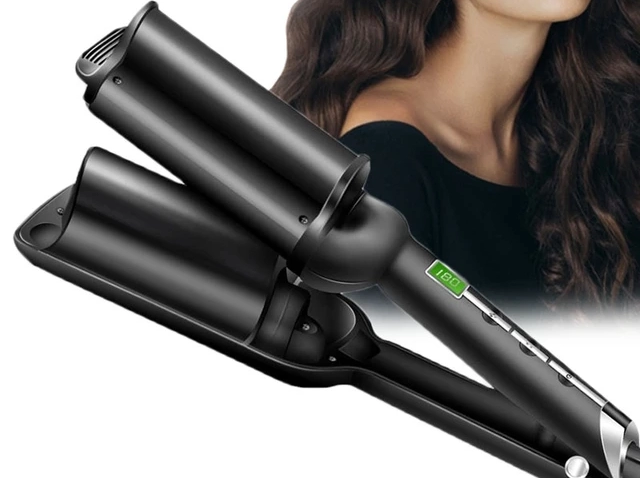
Curious About How to Curl Hair Extensions? Here’s a Guide
Hair extensions can add length, volume, and versatility to your hairstyle, but curling them can be a bit tricky if you’re not familiar with the process. Knowing how to curl hair extensions properly is essential to achieving natural-looking waves or curls without damaging the extensions. In this guide, you’ll learn detailed steps, tips, and techniques to curl hair extensions effortlessly, ensuring a seamless and beautiful finish. Let’s delve into the specifics and help you master the art of curling hair extensions.
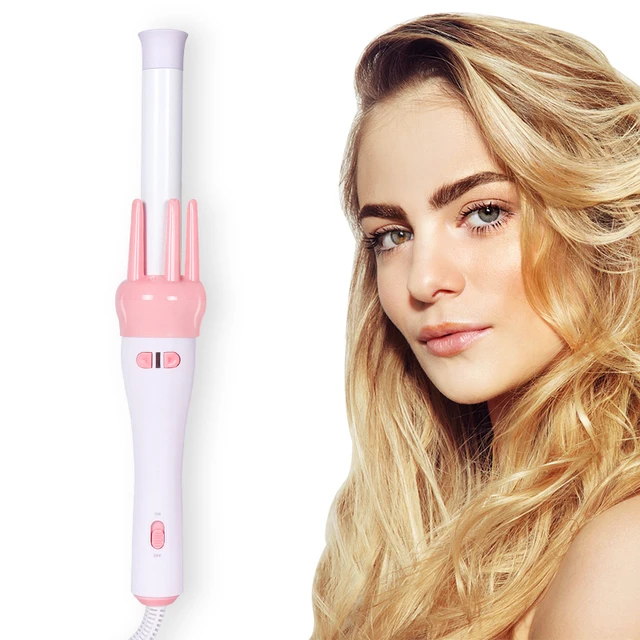
Selecting the Right Tools and Products
Choosing the appropriate tools and products is the first step in ensuring a successful curling process.
Choosing a curling iron or wand
The type of curling tool you use can significantly impact the results. A curling iron with a clamp can give you defined curls, while a curling wand without a clamp can create more natural-looking waves. Opt for a tool with adjustable temperature settings to prevent heat damage.
Heat protectant spray
Before applying heat to your hair extensions, it’s crucial to use a heat protectant spray. This product shields the hair from high temperatures, reducing the risk of damage and ensuring your curls last longer.
Hair clips and combs
Invest in good-quality hair clips to section your hair extensions while curling. A wide-tooth comb is also essential for detangling the extensions before and after curling, ensuring a smooth and polished finish.
Preparing Your Hair Extensions
Proper preparation of your hair extensions sets the stage for seamless and long-lasting curls.
Detangling and brushing
Start by gently detangling your hair extensions using a wide-tooth comb or a brush designed for extensions. Work from the tips to the roots to prevent any snagging or pulling, which can damage the hair.
Applying heat protectant
Spray a generous amount of heat protectant onto your hair extensions, ensuring even coverage. This step is vital to protect the hair from heat damage and maintain its health and shine.
Sectioning the hair
Divide your hair extensions into manageable sections using hair clips. Smaller sections will give you tighter, more defined curls, while larger sections will create looser waves. Secure the sections you’re not working on to keep them out of the way.
Curling Techniques for Different Styles
Various curling techniques can help you achieve the style you desire, whether it’s bouncy curls or loose beachy waves.
Classic curls with a curling iron
To create classic curls, take a small section of hair and clamp the curling iron close to the roots. Wrap the hair around the barrel, holding it for about 10-15 seconds. Release the hair and gently pull on the curl to loosen it slightly. Repeat this process for the entire set of extensions.
Beach waves with a curling wand
For natural-looking beach waves, take a section of hair and wrap it around a curling wand, avoiding the clamp. Hold the hair for 8-12 seconds before releasing it. Alternate the direction of the curls for a more natural effect and use larger sections to create looser waves.
Tight ringlets with a small barrel iron
For tight ringlets, use a curling iron with a smaller barrel. Take tiny sections of hair and wrap them tightly around the barrel, holding for a few seconds before releasing. This technique works well for creating defined, springy curls that add volume and bounce.
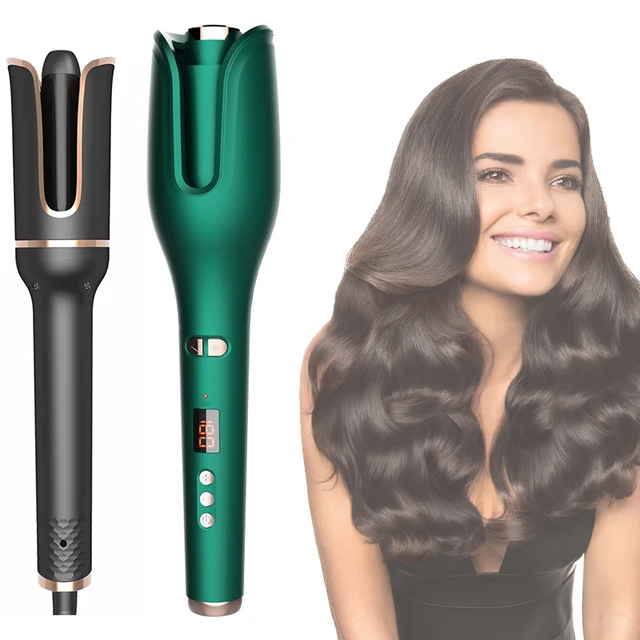 Maintaining Curl Definition
Maintaining Curl Definition
Maintaining the definition of your curls ensures they last longer and look impeccable throughout the day.
Allowing curls to cool
After curling each section, let the curls cool completely before touching them. Cooling helps set the curls, making them last longer. You can use pins or clips to hold each curl in place while it cools to maintain its shape.
Using a lightweight hairspray
Apply a lightweight, flexible-hold hairspray to your curls to keep them in place without making them stiff or crunchy. Hold the spray at arm’s length and mist it evenly over your hair extensions for the best results.
Avoiding excessive manipulation
Resist the urge to run your fingers through your curls or brush them too much after they’ve been set. Constant manipulation can cause frizz and reduce the longevity of your curls. If you need to adjust the curls, do so gently with a wide-tooth comb.
Blending Extensions with Natural Hair
Achieving a seamless blend between your hair extensions and natural hair is crucial for a cohesive look.
Matching textures
Ensure that your natural hair and extensions have similar textures before curling. If your natural hair is straight, use a straightening iron to align it with your extensions. Conversely, if your hair is wavy or curly, match the texture before styling.
Curling together
For a more natural blend, curl your natural hair along with the extensions. Take sections that include both your hair and the extensions, and curl them together. This approach ensures a seamless transition and makes the curls look more uniform.
Adjusting curl patterns
Sometimes, your natural hair might require a different curling technique than your extensions. Experiment with different curl patterns and techniques on both your natural hair and extensions to achieve a harmonious look.
Post-Curl Care and Storage
Taking proper care of your hair extensions after curling helps maintain their quality and longevity.
Storing extensions safely
Store your hair extensions in a cool, dry place, preferably in their original packaging or a breathable storage bag. Avoid leaving them in humid or wet environments, as this can lead to tangling and damage.
Brushing and detangling
After you’ve worn your curls for the day, gently brush through your hair extensions with a wide-tooth comb to remove any tangles. Start from the ends and work your way up to prevent hair breakage.
Reapplying heat protectant
Each time you plan to curl your hair extensions, reapply a heat protectant spray. Consistently protecting the hair from heat ensures that it remains healthy, shiny, and damage-free.
Troubleshooting Common Issues
Addressing common issues can help you achieve flawless curls every time you style your hair extensions.
Curls not holding
If your curls aren’t holding, it could be due to several factors. Ensure your curling iron or wand is set to the appropriate temperature and that you hold each section long enough to set the curl. Also, applying a suitable styling product like a curl-enhancing mousse before curling can help.
Frizz and flyaways
To combat frizz and flyaways, use a smoothing serum before and after curling your hair extensions. This product adds shine and reduces static, making your curls look sleek and polished.
Uneven curls
Uneven curls can result from inconsistent section sizes or improper technique. Ensure your sections are uniform and take your time wrapping each one evenly around the curling tool. Practice makes perfect, so don’t be discouraged by initial inconsistencies.
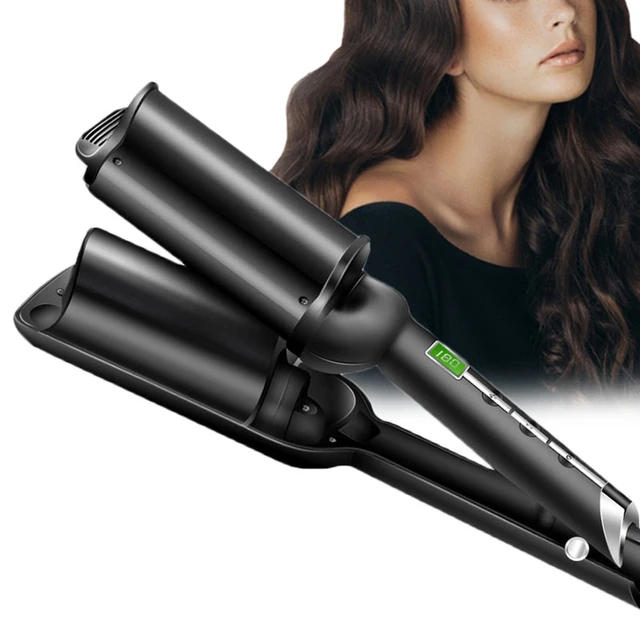 Advanced Techniques for Expert Curling
Advanced Techniques for Expert Curling
Once you’ve mastered the basics, advanced curling techniques can help you achieve more sophisticated styles.
Twist and curl
For a unique texture, try the twist and curl method. Twist a small section of hair tightly, then wrap it around the curling iron. This technique creates a more defined and textured curl, adding dimension to your hairstyle.
Pin curls
After curling each section, pin the curls to your scalp and allow them to cool. This old-school technique helps set the curls more firmly and can create a more retro, voluminous look.
Combining techniques
Experiment with combining different curling techniques to create a personalized style. Mix classic curls with beach waves or tight ringlets for a dynamic and multifaceted appearance.
Extension Types and Their Impact on Curling
Different types of hair extensions respond differently to curling, and knowing these nuances is essential.
Synthetic vs. human hair
Synthetic extensions are generally more prone to heat damage and may not hold curls as well as human hair extensions. If you have synthetic extensions, use lower heat settings and be cautious to avoid melting or damaging the fibers.
Clip-in extensions
Clip-in extensions are easy to curl and can be styled off the head for convenience. Simply secure them on a flat surface or a hanger and curl as needed before attaching them to your natural hair.
Tape-in extensions
Tape-in extensions are semi-permanent and require more care when curling. Be gentle near the adhesive tapes to prevent them from becoming loose. Curl smaller sections to ensure even heat distribution and avoid tugging on the tapes.
Final Thoughts
Learning how to curl hair extensions opens up a world of styling possibilities, allowing you to switch up your look effortlessly and achieve professional-quality results at home. By selecting the right tools, preparing your extensions properly, and employing various curling techniques, you can create stunning curls and waves that blend seamlessly with your natural hair.
Regular maintenance and post-curl care are equally important to maintain the quality and longevity of your extensions. With practice and patience, curling hair extensions will become second nature, giving you the confidence to experiment with different styles and looks. Embrace the versatility and beauty of your hair extensions, and enjoy the endless styling possibilities they offer.




